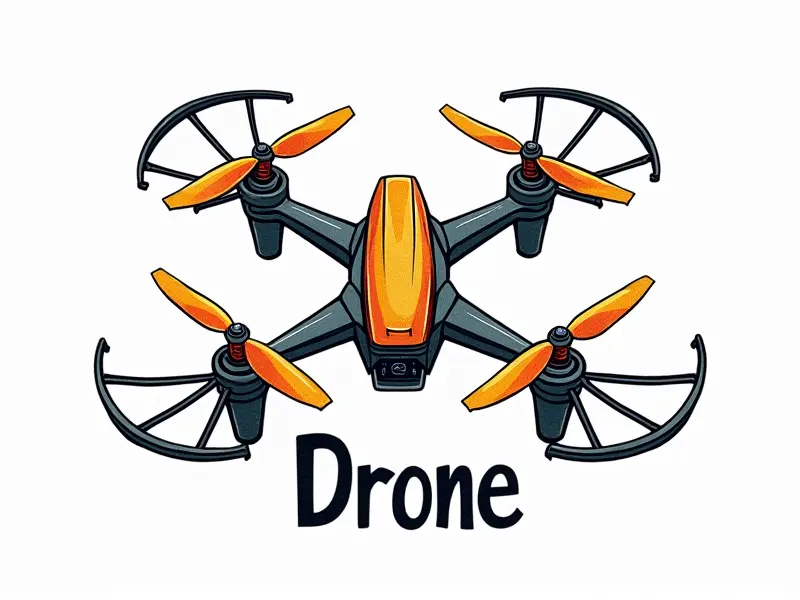How to balance RC aircraft?

Mastering Balance in RC Aircraft
Balancing your remote control (RC) aircraft is crucial for achieving optimal performance, stability, and maneuverability. Whether you are flying an RC plane, helicopter, or quadcopter, understanding the principles of balance will significantly enhance your flight experience.
Perfecting Roll and Pitch Control in RC Planes
Roll and pitch control are fundamental aspects of RC plane flight dynamics. Proper roll adjustment ensures that your aircraft can bank smoothly during turns without losing altitude or speed. Similarly, effective pitch control allows the plane to climb or dive as intended.
- Adjusting Roll: Adjust aileron trim settings to ensure even lift distribution across both wings.
- Tuning Pitch: Fine-tune elevator settings for precise altitude adjustments without excessive nose dives or climbs.
Achieving Stability in RC Helicopter Flight
RC helicopters require meticulous balance to maintain stability during flight. Properly setting the center of gravity (CG) and adjusting control surfaces are key steps:
- Center of Gravity (CG): Position the CG correctly for optimal lift distribution.
- Control Surface Adjustment: Fine-tune cyclic, collective, and tail rotor settings to ensure smooth flight dynamics.
RC Quadcopter Center of Gravity
The center of gravity (CG) in quadcopters is critical for maintaining stability and control. Proper CG placement ensures that the aircraft can perform complex maneuvers without losing balance:
- Determining CG Location: Calculate the ideal CG position based on the weight distribution.
- Moving Components: Adjust battery or payload positions to achieve optimal balance.
Fine-Tuning Balance for Optimal FPV Racing
First-person view (FPV) racing requires precise control and stability. Balancing your RC aircraft is essential for achieving high speeds and tight turns:
- Dynamic Adjustments: Make real-time adjustments to pitch, roll, and yaw settings during flight.
- Sensor Calibration: Ensure all sensors are calibrated accurately for smooth performance.
Tips for Balancing Your RC Plane Perfectly
Here are some practical tips to ensure your RC plane is perfectly balanced:
- Weigh Components: Use a precise scale to weigh each component and distribute weight evenly.
- Battery Placement: Position the battery in the center of gravity for optimal lift distribution.
- Trim Settings: Adjust trim settings frequently during flight tests to fine-tune performance.
Techniques for Smooth RC Quadcopter Flights
To achieve smooth and stable flights with your quadcopter, follow these techniques:
- Battery Management: Use high-quality batteries and monitor voltage levels during flight.
- Propeller Balance: Ensure all propellers are perfectly balanced for consistent performance.
- Flight Control Settings: Adjust PID settings to optimize stability and responsiveness.
Understanding Trim Settings for Better RC Control
Trim settings play a crucial role in achieving precise control over your RC aircraft. Properly setting these parameters ensures smooth flight dynamics:
- Aileron Trim: Adjust to ensure even lift across both wings.
- Elevator Trim: Fine-tune for optimal pitch control without excessive nose dives or climbs.
Achieving Precision with RC Quadcopter Balance
To achieve precision in your quadcopter flights, focus on the following aspects:
- Dynamic Stability: Ensure that the aircraft remains stable during rapid maneuvers.
- Sensor Calibration: Regularly calibrate sensors for accurate data collection and control.
Simplifying RC Plane Stability Adjustments
Making stability adjustments to your RC plane can be simplified by following these steps:
- Initial Setup: Start with a basic setup that ensures the aircraft is stable in level flight.
- Flight Testing: Conduct multiple test flights and make incremental adjustments based on performance.
Drone Dynamics: Balancing Your Quadcopter
Balancing your quadcopter involves understanding the dynamics of each component. Here are some key considerations:
- Motor Balance: Ensure all motors produce equal thrust for stable flight.
- Propeller Synchronization: Keep propellers synchronized to maintain consistent performance.
Conclusion
Balancing your RC aircraft is essential for achieving optimal performance, stability, and control. Whether you are flying an RC plane, helicopter, or quadcopter, understanding the principles of balance will significantly enhance your flight experience. By following the tips and techniques outlined in this article, you can fine-tune your RC aircraft to achieve smooth, stable, and precise flights.

